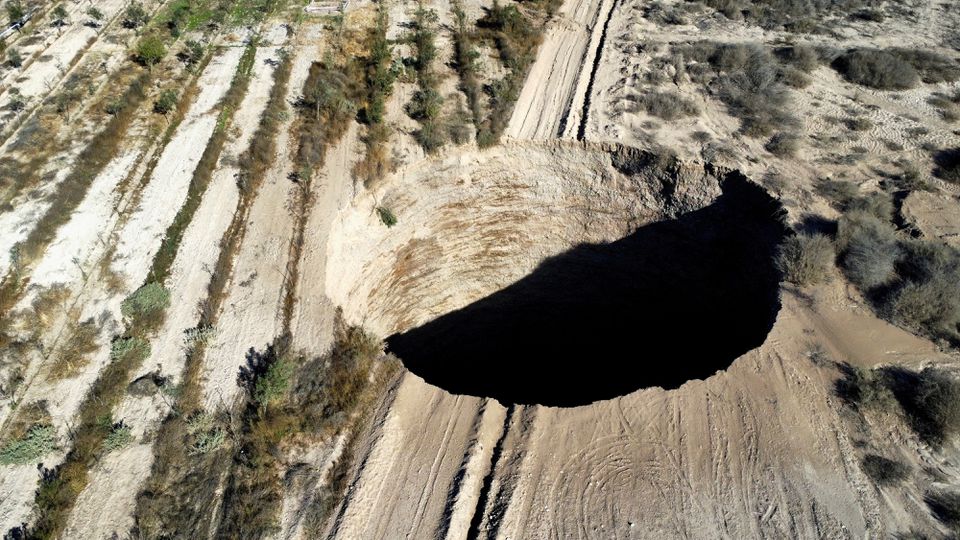(Reuters) – Chile’s environmental regulator announced on Thursday four charges against Canadian-owned Lundin copper mine for a sinkhole that appeared at the site of one of its mines the north of the country in late July.
The country’s SMA environmental regulator said the main infractions were overextraction and construction outside of environmentally approved zones.
Emanuel Ibarra, the SMA superintendent, said in a statement that the regional office’s investigation linked the sinkhole on the mine’s property to ore overextraction.
“In addition, when the event occurred, large amounts of water began to leak into the mine from places where the company intervened beyond what was considered in the environmental assessment,” Ibarra said.
The company could be fined the equivalent of more than $13 million, as well as face closure or have its environmental permit revoked.
In a statement, the company said it was analyzing the regulator’s decision and has been collecting data on the sinkhole’s causes.
“The company is convinced, based on the data collected and analyzed to date, that multiple factors influenced the formation of the sinkhole in the terrain of our site,” the statement said. “With mining being a relevant activity.”
In addition the company said it had “acted responsibly and decisively to mitigate the possible effects of the sinkhole” and it was awaiting the final report from authorities.
Canada’s Lundin Mining Corp owns 80% of the property, while the remaining 20% is held by Japan’s Sumitomo Metal Mining and Sumitomo Corp .
Mining Minister Marcela Hernando told journalists that the ministry is talking with the company about possibly resuming operations in unaffected parts of the mine since the affected area will “be completely closed.”
“We have been looking at which parts of the mine can start operating as soon as possible because we are interested in giving the labor sector and contracting companies peace of mind,” Hernando said.
In mid-August, the SMA ordered “urgent and transitory” measures while investigating the causes of the 36.5-meter-diameter (120-foot-diameter) hole in Tierra Amarilla, some 665 km (413 miles) north of the capital
The alleged overextraction was labeled as a “serious” infraction while modified mining infrastructure that could cause “irreparable environmental damage” to an aquifer was labeled “Very serious.”
The two minor charges were related to infractions in transporting minerals.








